Ever marveled at pine wood’s rustic charm? But do you know its downsides? Dive in to discover why pine might not always be prime!
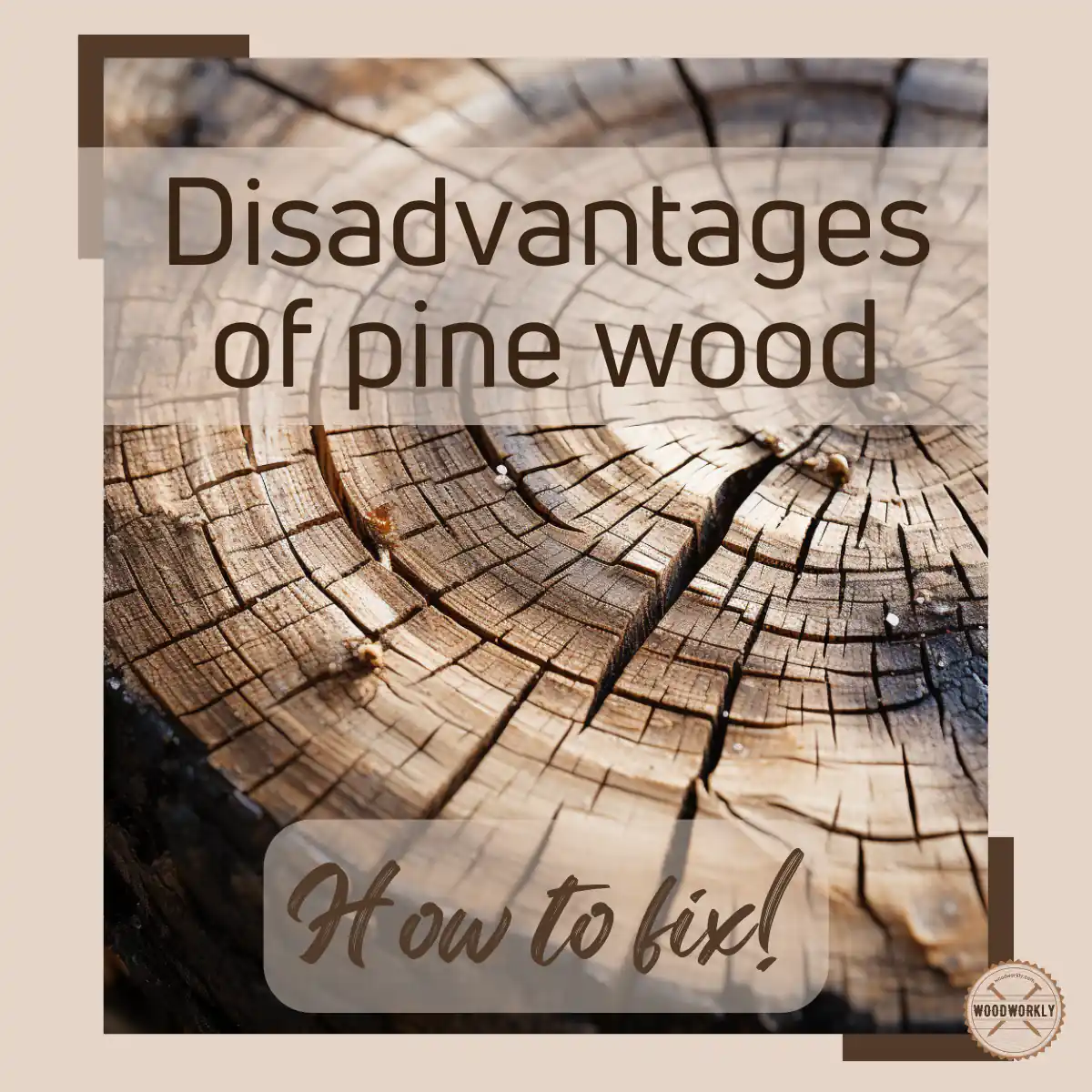
Pine is a cost-effective, strong, and durable wood with lots of uses such as making furniture, cabinets, wood carvings and so much more.
When I was working with Pine wood in the early days, I was curious about its cons since I already knew how beneficial Pinewood is.
So, I did some research and found out some common disadvantages of Pine.
Here’s the list of Pine wood disadvantages,
- Pine wood scratches and dents easily
- Pine wood is knotty
- Need regular maintenance
- Poor weather resistance
- Difficult to stain
- Darken with age
- Too many movements of the wood
- Susceptible to insect attacks
- Bleed through
- Less flexible
From this article, I’ll explore all the above Pine wood disadvantages in detail and see how you can fix them with some simple solutions.

Furthermore, I’ll answer some frequently asked questions as well.
As a fresh start, let’s have a look at the key benefits of Pine wood before talking about its cons.
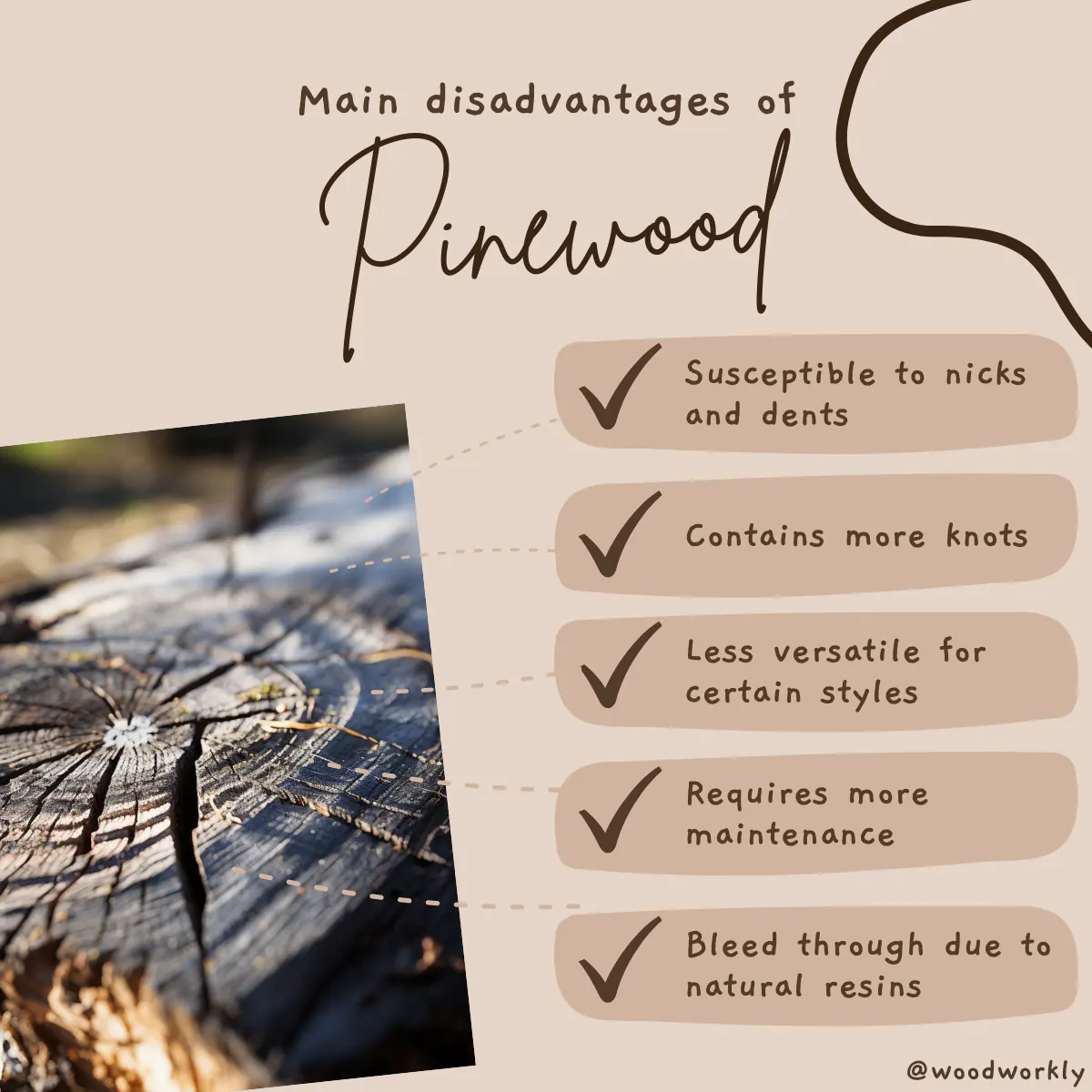
Advantages Of Pine Wood
- Pine wood is strong
- Durable
- Easy to work with
- Affordable
- Attractive
- Lightweight
- Nailing, screwing, and sawing are easy
- Versatile wood
As you can see Pine is a wood with lots of advantages which is the main reason for its popularity among woodworkers. It is one of the best among softwoods.
So, let’s find out the disadvantages of Pine wood which can be so useful to get good knowledge about the characteristic qualities of Pine wood.
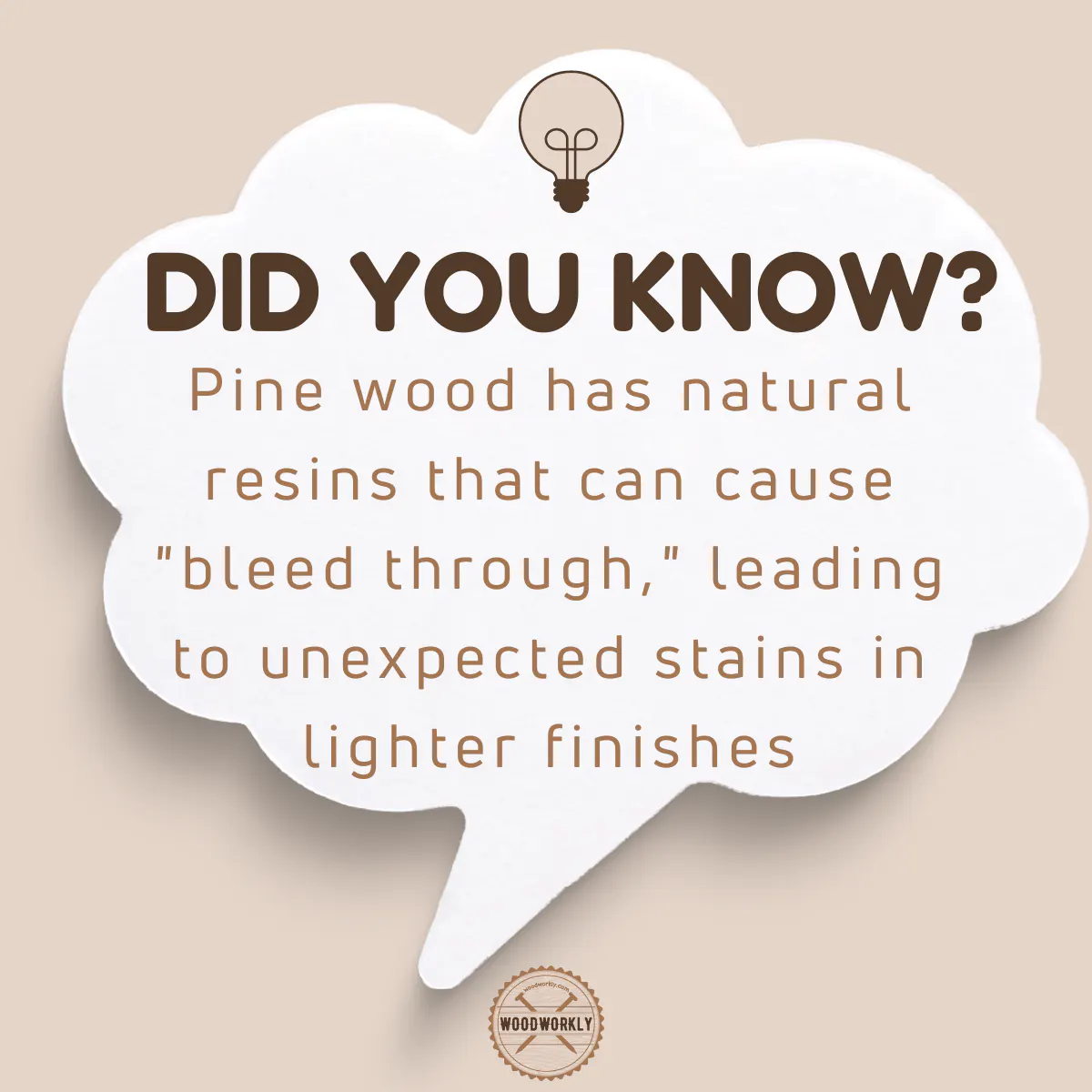
Disadvantages Of Pine Wood
Let’s have a look at the disadvantages of pine in detail and how to fix them.
1. Scratch and Dent Easily
Pine wood is a softwood that comes from conifer trees as other softwoods cedar, hemlock, and spruce.
Because of poor hardness and density, Pine wood is too soft and leaves scratches and dents more easily than hardwoods.
This is why you should be extremely careful when working with Pine wood since it is so sensitive, and scratches appear quite easily.
When it comes to flooring applications, Pine wood cannot bear foot traffic and dog scratches.
Therefore, you should always apply proper sealer or finisher on Pinewood before using it to avoid making scratches.
Once the Pine wood gets scratched, you can fix them by rubbing the scratched area with fine-grade steel wool until scratch marks are gone, and wipe it off and buff it with lint free soft, dry cloth.
Pine wood gets damaged so easily because of its poor resistance against dents and scratches. This causes wood to get patina over age.
Being softwood with less hardness is the main reason for its scratches and dents so easily. Janka hardness test defines so well why Pine wood is soft with less dense.
Janka hardness test is the standard method of testing the hardness of particular wood by considering its resistance to wear and tear.
For example, if a particular wood has high wear and tear resistance, it has a high Janka hardness rating.
Janka hardness rating of Pine wood species is as follows,
- Yellow Pine – 870 lbf (3,870 N)
- White Pine – 380 lbf (1,690 N)
As you can see Pine wood has less hardness than many other popular kinds of wood.
For example, Oak has a Janka hardness rating of 1,360 lbf which is significantly harder, and denser than Pine.
Generally, Pine wood is considered a paint-grade wood. But because denting easily, it can be difficult to paint and finish.
Plus, Pine is not good for hard-using applications like kitchen cupboards since they usually get scratch marks if you use soft wood like Pine.
The same goes for outdoor applications since they get deep marks due to poor tolerance for environmental impacts.
But with proper sealing and finishing, you can make Pine wood scratch and dent-resistant.
Sealing Pine wood helps to make a protective shield on top of the wood surface that prevents the wood from getting scratched.
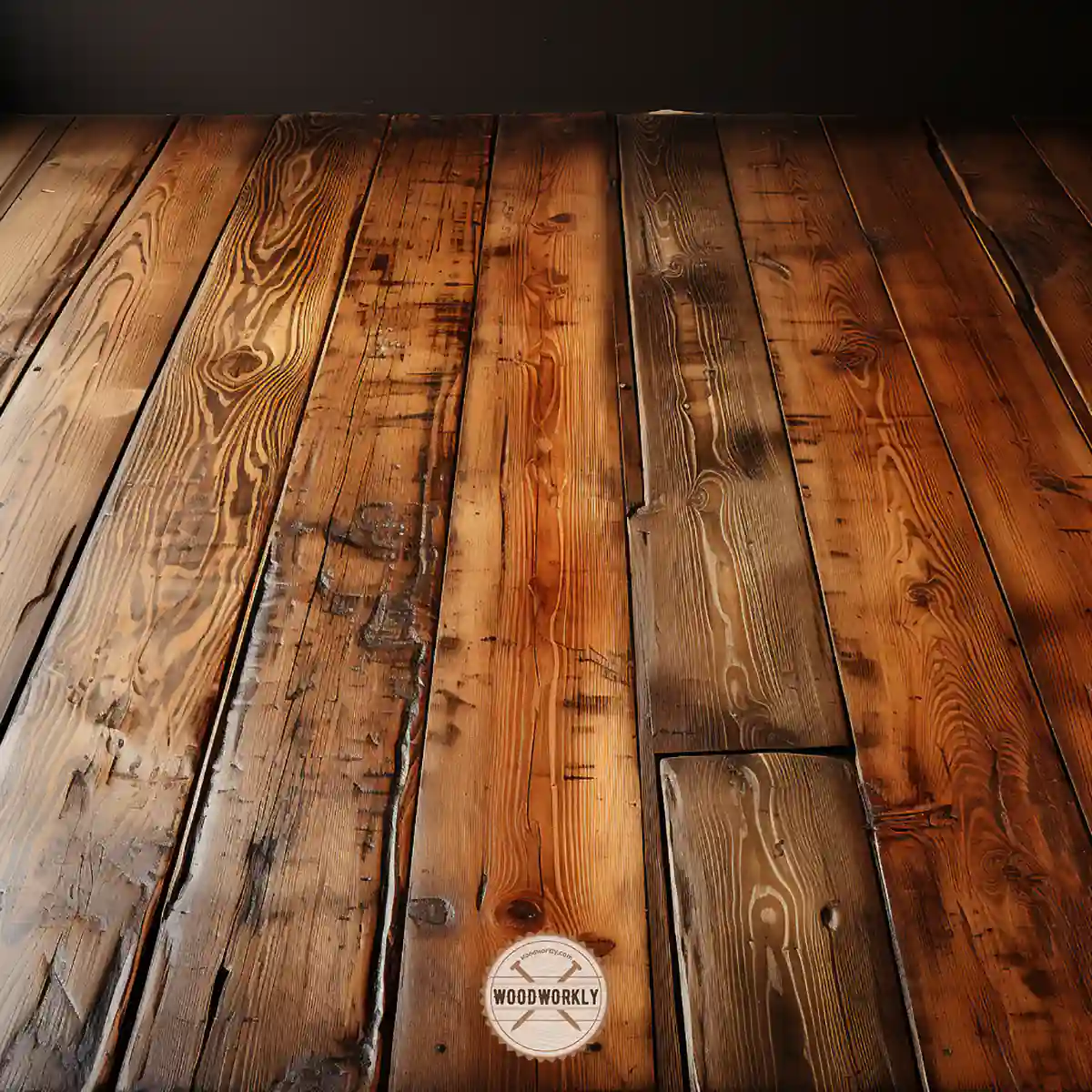
2. Pine Wood Is Knotty
Pine wood has a large number of visible knots. They are imperfections that occur naturally in Pine trees.
Therefore, some Pine woods are considered knotty wood. This is because of the deviations of the wood grain to accommodate wood inside the branches of the Pine trees.
Knots on Pine wood display when the wood is left behind after branches are broken off or cut them off.
Usually, knotty Pine woods are not as durable as regular ones, and they are relatively cheaper. Most people skip getting knotty Pine due to its uneven appearance.
In order to prevent getting knotty Pine for your woodworking project, always make sure to check the Pine wood surface well before the purchase.
Because knotty Pine may reduce the premium look of your Pine wood furniture.
But we can identify some attractive woodworking projects made by using knotty Pine since they are trending in modern homes.
Knotty Pine can be used for flooring, decking, paneling, cabinet making, window frames, doors, and trims.
Knotty Pine is lightweight and easy to finish than regular Pine woods.
But when it comes to the premium even look, most people prefer Pine without knots since they are stronger, denser, and have a uniform texture.
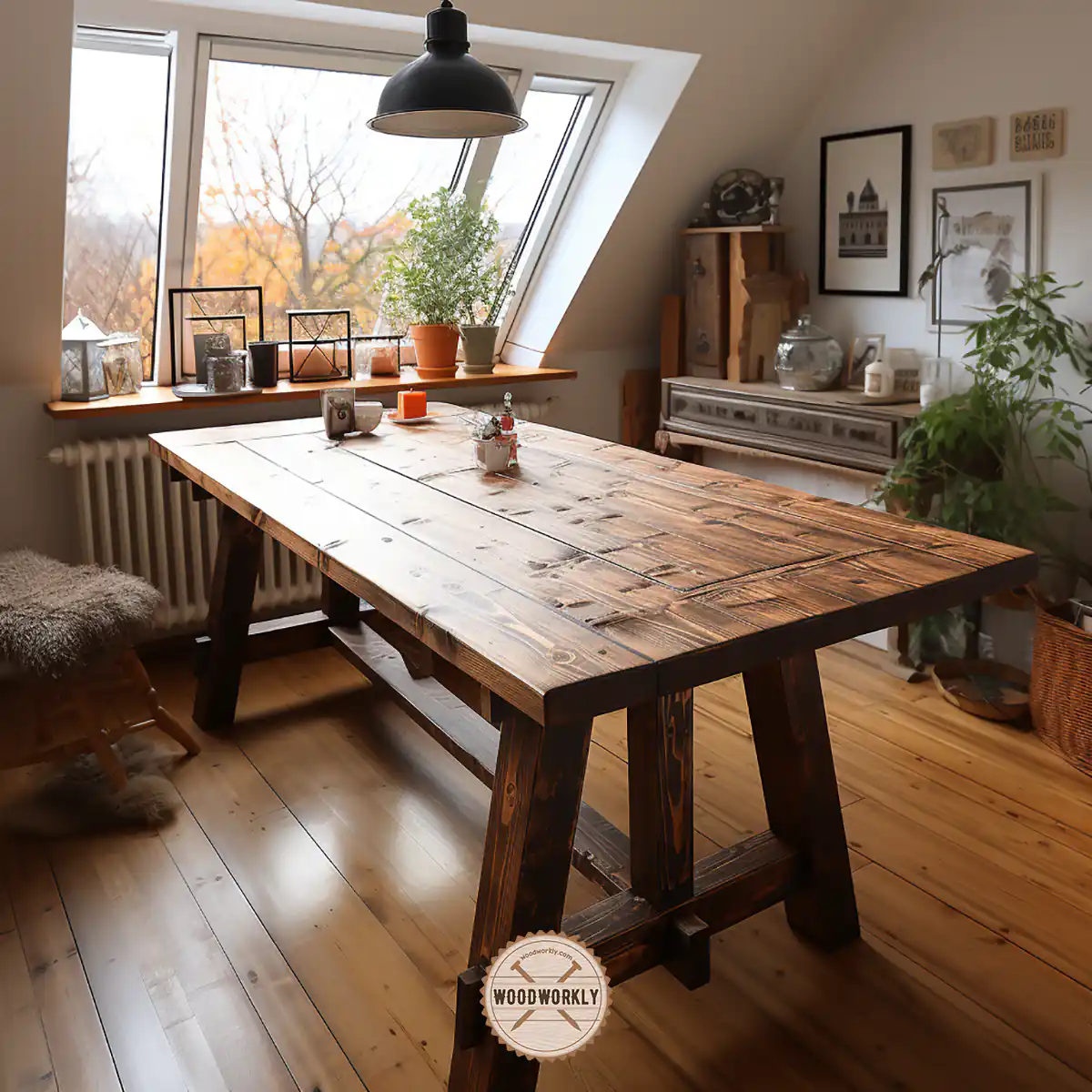
3. Need Regular Maintenance
Because of being a softwood with less hardness and density, Pine wood can get easily damaged by water, atmospheric moisture, humidity, and insect attacks.
Pine wood furniture and woodworks need regular maintenance with proper care to protect against environmental impacts.
Pine wood has a huge number of vessels inside its structure. Water can penetrate Pine wood and travel through those vessels which can cause wood to rot.
In order to prevent excessive moisture amount from going inside the wood, you need to apply a proper sealer or finisher.
Proper sealing or finishing is essential for Pine wood to get protected from moisture and other elements like UV light.
But those top coatings fade away quite fast and wood will expose to the outside world. to prevent that, you need to reapply the sealant or wood finisher frequently to keep the protection constant.
Finishing and reapplication are essential to protect the wood from bugs and insect attacks.
Chemical-treated coats repel bugs and insects from Pine, and it is so useful for outdoor Pine wood applications.
You can apply an oil finish like tung oil, teak oil, or Danish oil on Pine to protect the wood from moisture while enhancing the wood’s appearance.
But you need to apply the finish at least once per year to keep your Pine wood furniture for so long.
Plus, clean your Pine wood surface frequently to eliminate dust and debris which can damage the wood and give it a dull appearance.
Regular maintenance of Pine wood takes lots of time and effort. As soon as Pine wood gets exposed to the outside world because of poor protection the wood may get damaged.
Therefore, proper cleaning and maintenance are a must to keep pine wood furniture for even more than a decade.
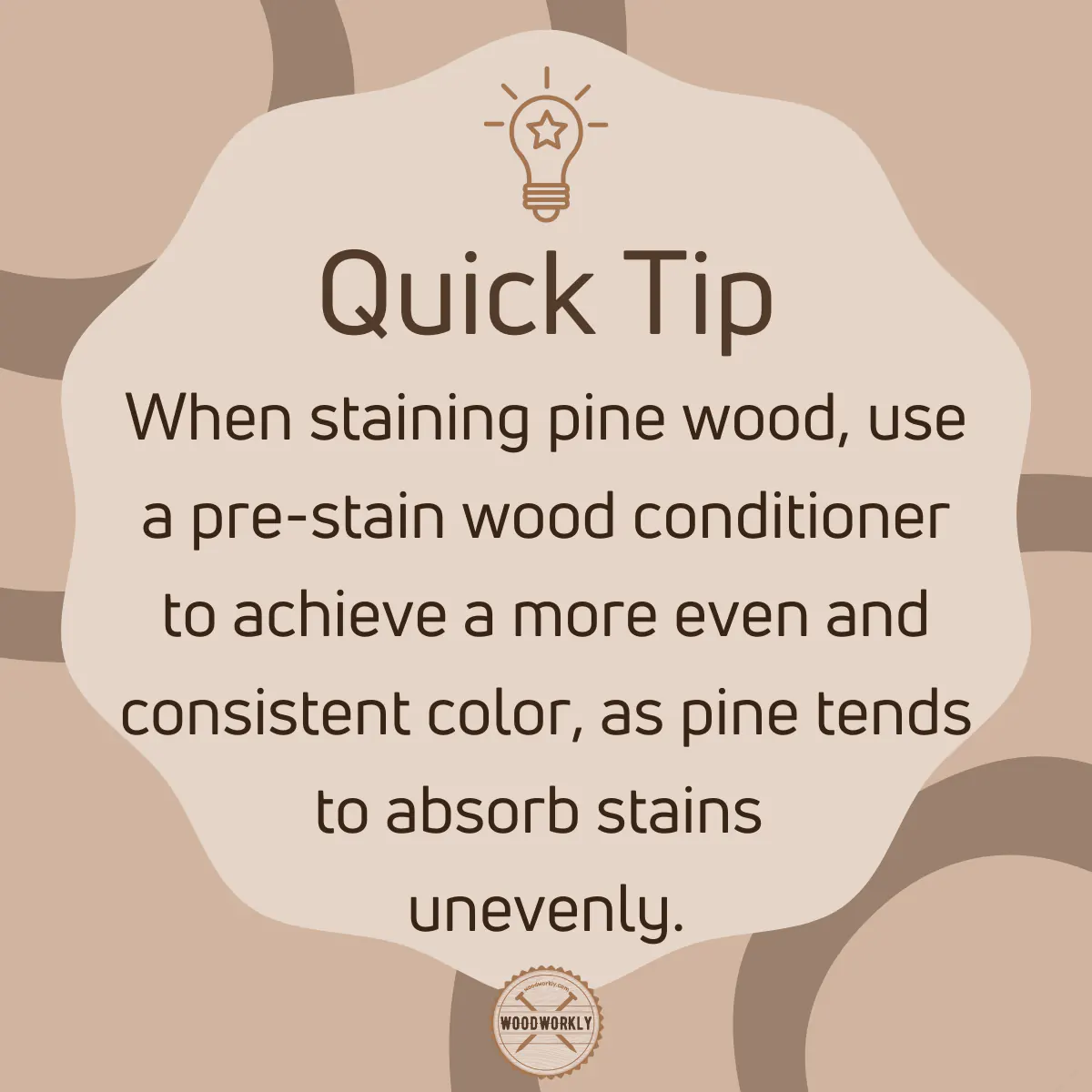
4. Poor Weather Resistance
Because of being a softwood with weak resistance against environmental elements, Pine wood has poor weather resistance.
It cannot tolerate harsh weather conditions and extreme temperature levels. Pine wood gets cracks so easily due to temperature variations.
For example, during the dry climate, you should apply sealant on Pine wood slices to keep them from cracking and splitting.
Bonds between Pine wood fibers break upon rough weather conditions.
Pine wood cannot last outside for so long without proper finishing since moisture will go inside the wood and cause the wood to rot.
Plus, it will lose its strength and dimensional stability.
If you live in an area with frequent weather fluctuations, better not to use a softwood like Pine for your projects since it cannot withstand extreme weather conditions and wood may get damaged quite easily.
Always make sure to apply sealant, finisher, or stain on Pine wood before placing it outside to make it weather resistant.
Otherwise, it will rot and decay in a couple of months of use.
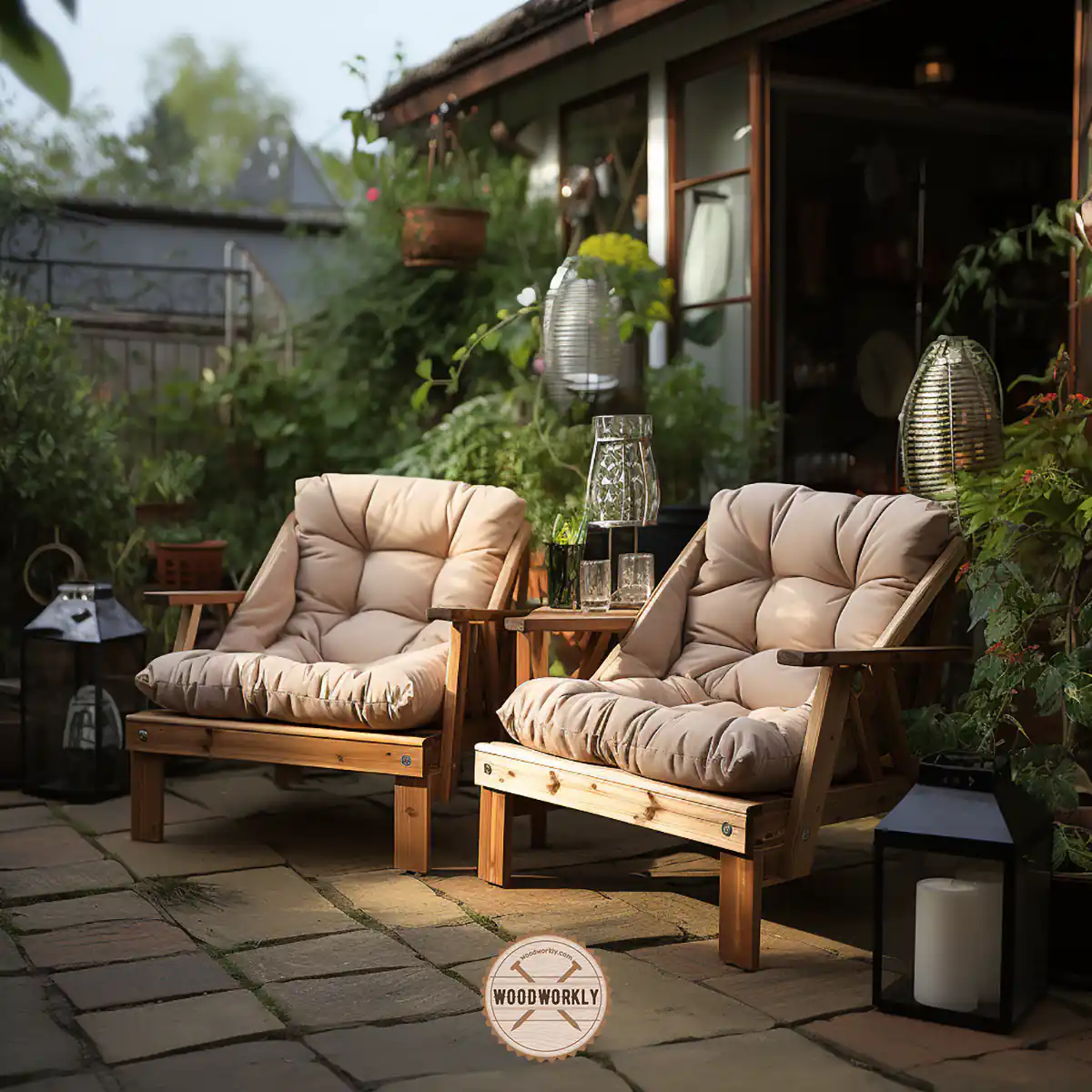
5. Difficult To Stain
Pine wood is difficult to stain since it absorbs wood stains like a sponge. It doesn’t let the stain sit on the surface and makes a protective coating with an enhanced look.
Therefore 4 – 5 or more stain coats are needed to stain Pine and that may result in a blotchy surface due to the huge thickness.
Applying so many stain coats increases the drying time of each coat. If you accidentally apply wood stain before the previous coat dried completely, you’ll end up getting a tacky surface.
In order to fix this issue, you can apply wood primer or pre-stain wood conditioner before staining Pine.
Wood conditioner reduces the absorption rates of Pine wood fibers and helps to get an evenly spread stain layer all over the wood without making the surface look blotchy or splotchy.
After applying wood conditioner, apply wood stain along the direction of the wood grain for better absorption. 2 – 3 coats of wood stain are enough on Pine wood to make a protective coating that helps the wood to get protected from moisture, UV light, insects’ attacks, and cracks.
Plus, wood stain helps to enhance the color of your Pine wood furniture.
You should always use proper staining methods to hard staining woods like Pine to make the finish as you want.
Otherwise, you’ll probably end up with wood stain issues like blotches.
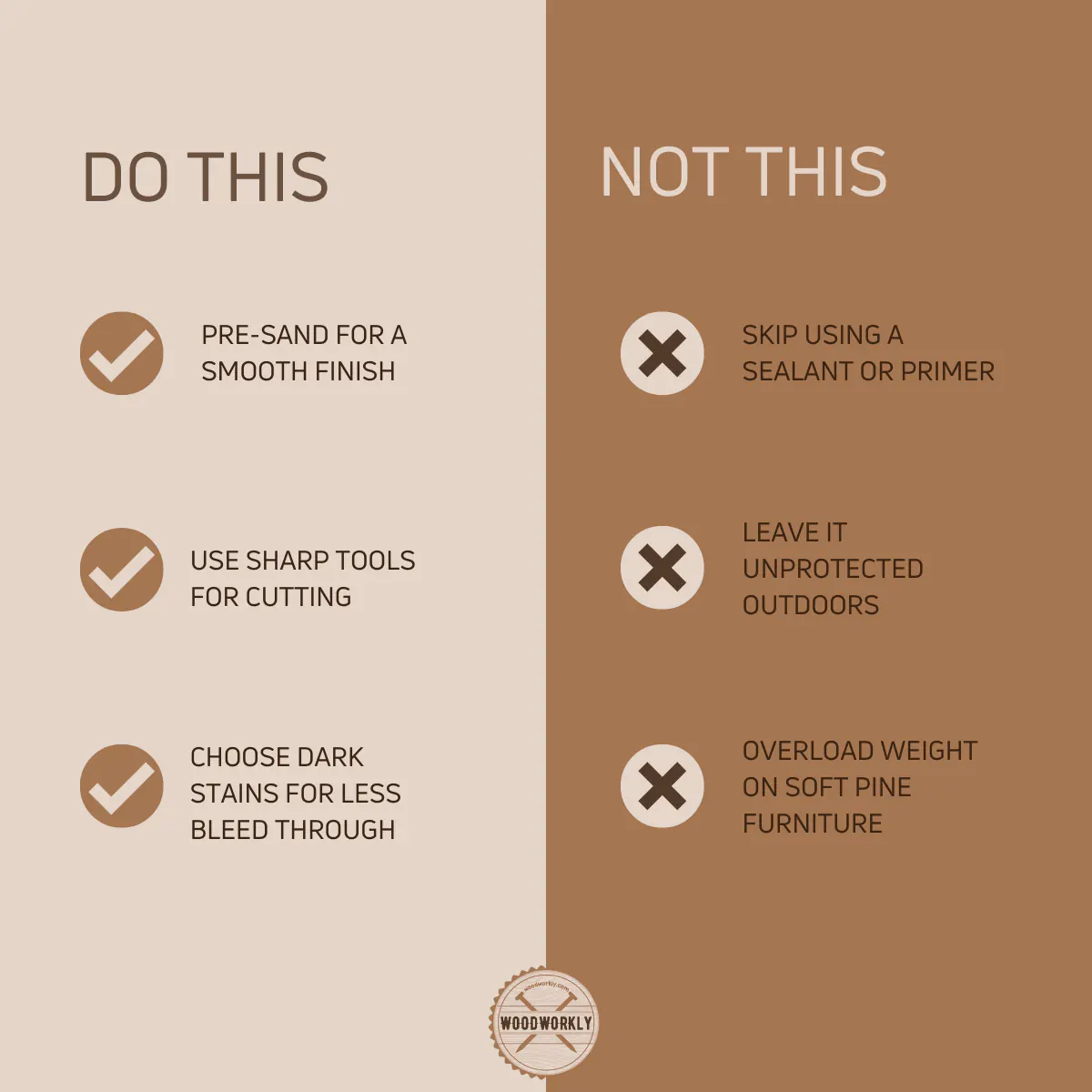
6. Darken With Age
Pine wood gets darkened with age due to sunlight, chemicals, and oxidation of the air. Pine will turn into a darker golden color with a rich look when it ages.
Some people love to see Pine wood getting darker with age since it is beautiful.
But if you love the original light Pine wood color, it is so frustrating to see your Pine wood getting darker with age. It gets darker and reddish over time.
If you have placed Pine wood furniture under direct sunlight (UV light), it may cause the wood to get darkened with age.
So, better to keep your Pine furniture and woodworkers in a covered area to slow it down.
There’re some water-based finishes also that cause Pine wood to get dark with age.
Those finishes will react with air and go through an oxidation process which results in a color change.
In order to slow down the darkening process of Pine wood with age, apply a proper sealer or finisher that helps the wood to get protected from air, sunlight, and chemicals like mineral spirits.
Always read manufacturers’ instructions to see whether it gets darkened with age.
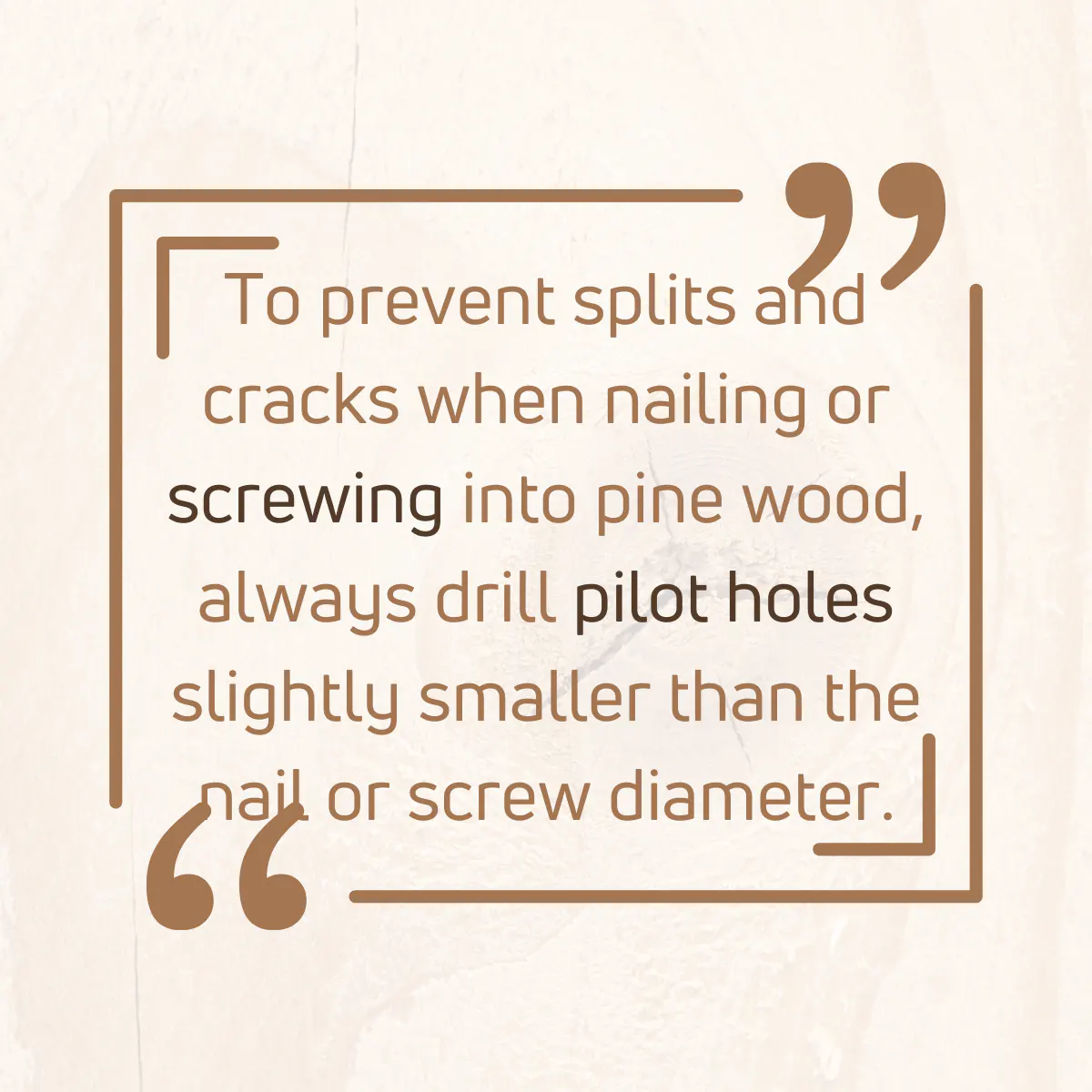
7. Too Many Woods Movements
Pine wood loses its stability against temperature variations and humidity changes since the wood gets to expand and shrinks with moisture absorptions and evaporations.
Because of being a soft less dense wood, Pine wood shows too many movements under environmental impacts.
Under highly humid environments, the moisture will penetrate the Pine wood and expand the wood. Same as low humidity causes the wood to skink.
If these movements happen in pine wood furniture, probably it will lose its dimensional strengths due to those slight movements of the wood.
Pine wood fibers expand at high temperatures due to thermal expansions. This can cause wood to crack and split.
Because of irregular movements all over the Pine wood, the wood tends to warp and twist. Warping Pine wood damage the wood and loss its strength.
In order to minimize Pine wood movements with environmental changes, you should apply a proper finisher or sealant on the wood.
Sealing Pine wood breaks the bond between Pine wood surface and outside air and it stops moisture absorption and evaporation from the wood.
Because of having no moisture exchange between the wood and the outside world, the wood movements will slow down.
This will prevent the wood from warping, twisting, and cracking.
Sealing Pine wood before placing outside must keep woodwork or furniture last long without losing its strength.
8. Susceptible to Insect Attacks
One of the characteristics that pine trees and their wood share is their vulnerability to various insect attacks.
When you think about the calm and relaxing ambiance of pine forests, it’s easy to forget that there’s a tiny battle happening right under our noses.
Let’s delve deeper into this concern.
The Alluring Scent of Pine Sap
Who doesn’t enjoy the fresh, invigorating scent of pine? But as it turns out, it’s not just us humans.
The sticky sap that pine trees exude, which can get all over your hands if you’re not careful, is incredibly inviting for a plethora of insects.
In the same way that a perfume might attract us, the sap calls out to these tiny critters.
Personal Anecdote: I once went on a camping trip and decided to sit beneath a large pine tree.
As I leaned against the trunk, I felt the sticky sap on my hands and clothes.
Before long, I noticed a procession of ants making their way to where I was sitting, undoubtedly drawn by the sap.
It was a humbling moment, realizing how something seemingly insignificant can greatly affect the micro-ecosystem around us.
Insects That Target Pine
Various insects are specifically attracted to pine trees, some of which are harmless, while others can be detrimental.
- Beetles and Weevils: These insects don’t just come for the sap; they bore into the wood, causing significant damage to the tree. Bark beetles, for example, can infest and kill large swaths of pine forests.
- Butterflies: While butterflies may be welcome visitors due to their beauty, they’re also drawn to the sap. Fortunately, they don’t cause harm to the tree.
Example: In parts of North America, the mountain pine beetle has wreaked havoc on pine forests, leaving vast areas of dead trees in their wake.
These infestations not only change the landscape but can also have broader ecological implications.
Prevention and Care
To prevent insect problems, it’s essential to monitor your pine trees regularly and take note of any unusual changes.
Pruning during the winter dormant period when the injury won’t produce as much sap can be an effective way to reduce the attraction for pests.
Remember, just as we would care for our health, a little prevention and early detection can make all the difference for these trees.
Personal Experience: In my backyard, I have a few pine trees that I’ve grown fond of over the years.
I’ve taken to inspecting them every so often, ensuring they’re in good health.
A few years ago, I noticed some odd markings on one tree and called in an expert.
With a little intervention, we were able to stave off an insect infestation that could have proven disastrous.
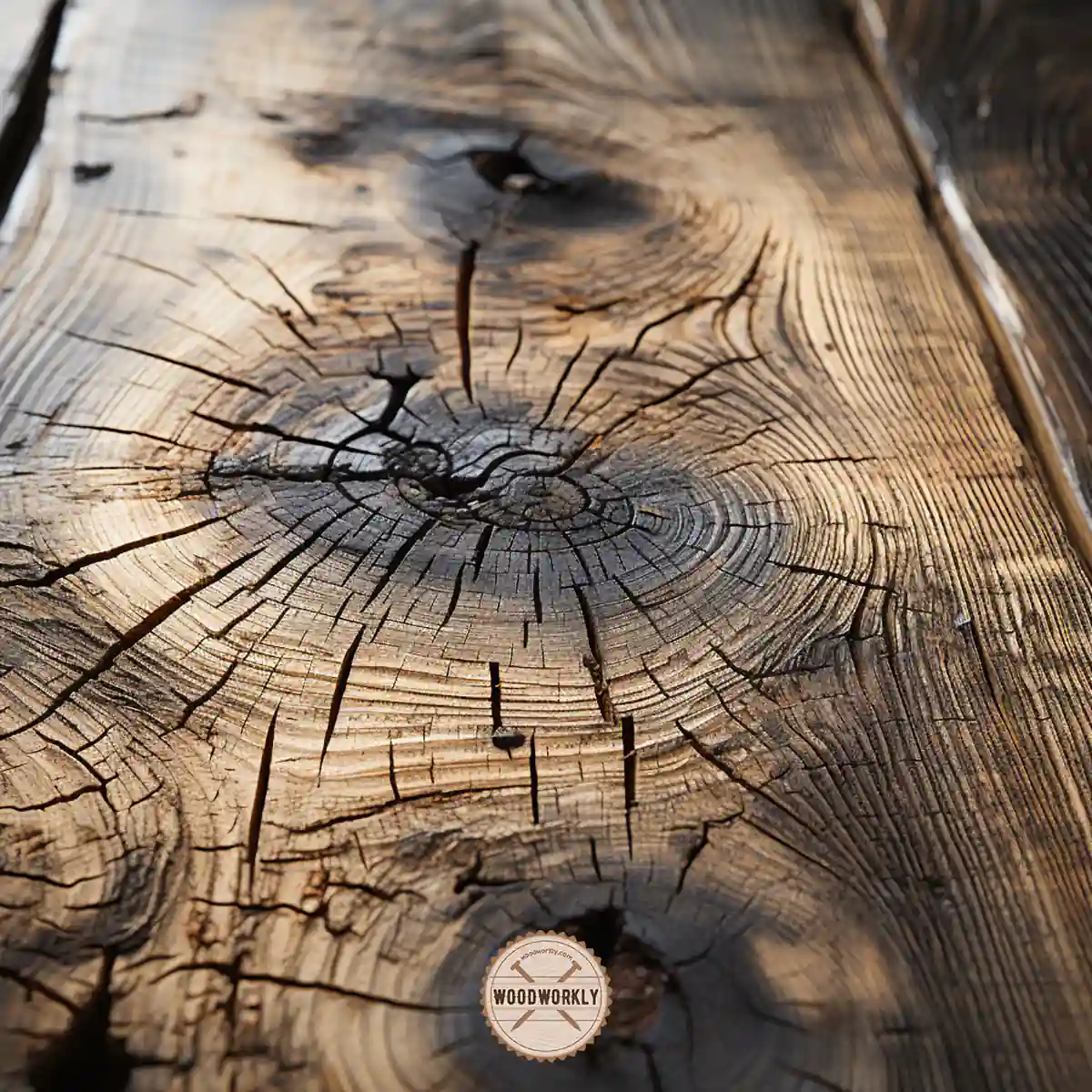
9. Bleed Through
Imagine this: You’ve just invested time and energy into a DIY project involving a lovely piece of pine wood.
You’ve chosen light-colored paint to give it a fresh, modern look.
But as the paint dries, you notice something unexpected – patches of brownish-yellow discoloration seeping through.
This situation is known as the ‘bleed-through.’
Personal Anecdote: I once repurposed an old pine cabinet intending to surprise my sister.
I opted for a pastel blue paint, picturing it as the perfect addition to her coastal-themed bedroom.
But as the hours passed, the bleed-through emerged, turning my surprise into a challenge!
What Causes Bleed Through?
At the heart of this phenomenon are the naturally occurring resins within pine wood.
These resins can sometimes seep to the surface, especially when the wood is subjected to changes in temperature or humidity.
When this happens under a layer of paint or stain, the result is a noticeable discoloration called bleed through.
Choosing the Right Finish
One of the most effective ways to combat bleed through is to be smart about the finish you choose.
Darker stains and paints are generally recommended for those who wish to minimize the appearance of bleed through.
These deeper colors can mask the resin’s discoloration, ensuring a more consistent look.
Example: A friend of mine runs a boutique furniture store.
She once told me about a batch of pine tables she had imported.
Despite their impeccable craftsmanship, they had prominent bleed through under a light finish.
Instead of seeing it as a flaw, she marketed them as “rustic charm” tables, and they sold out within a week!
Embracing the Rustic Character
If you’re someone who appreciates the natural quirks of wood, then bleed through might just add to the character of your piece.
It’s a testament to the wood’s natural origins and can give pieces a rustic, lived-in feel.
Personal Reflection: Over time, I’ve come to view bleed through not as a defect, but as a badge of authenticity.
That cabinet I painted for my sister? She loved it, bleed-through and all, because it told a story.
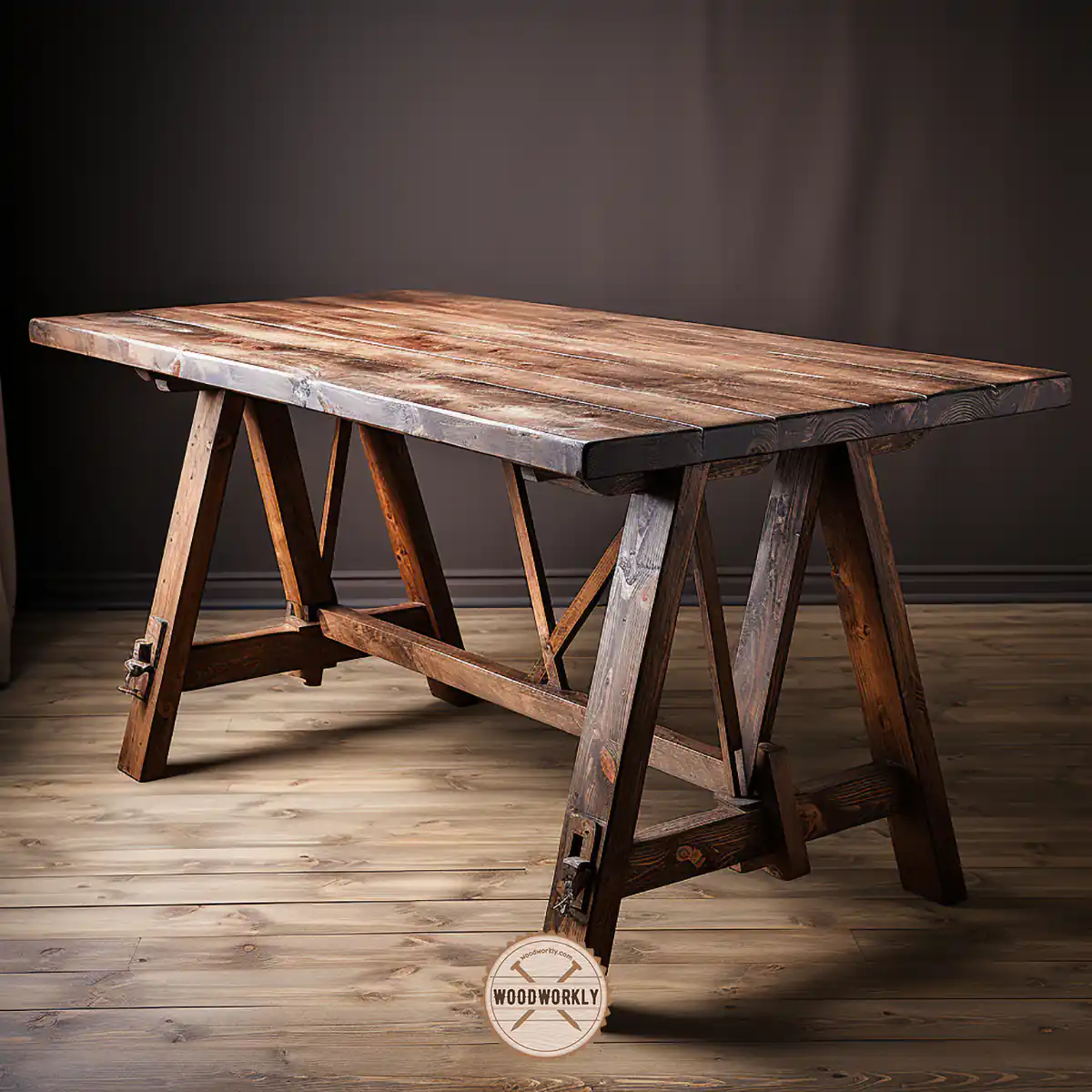
10. Less Flexible
Pine has this undeniable charm that frequently aligns it with more traditional or rustic aesthetics.
It’s not just about the knots or the natural hues, but the overall vibe it exudes.
I remember visiting my grandmother’s house as a child.
Her living room boasted this grand, intricately carved pine wood chest that she inherited from her ancestors.
It looked like a piece right out of history, echoing tales of the past.
The Modern World’s Demands
Today, the world of interior design is vast and varied. From Scandinavian minimalism to Japanese Zen aesthetics, there’s a dizzying array of styles out there.
And while woods like teak or walnut might easily adapt, pine often finds itself pigeonholed.
For instance, you wouldn’t commonly find pine wood as the top pick for a sleek, ultra-modern coffee table or a geometrically-inspired chair.
It’s not that pine can’t be used in such designs, but it’s not often the first choice.
Part of the reason pine doesn’t always align with contemporary designs is its inherent properties.
Pine is softer than many other woods, which can make it less suitable for certain structural elements or designs that demand a hard, resilient material.
Example: Think of those modern, thin-edged tables or sharp-lined bookshelves.
These structures need woods that can handle tension and weight without warping or bending.
Pine, with its softer nature, might not always be up to the task.
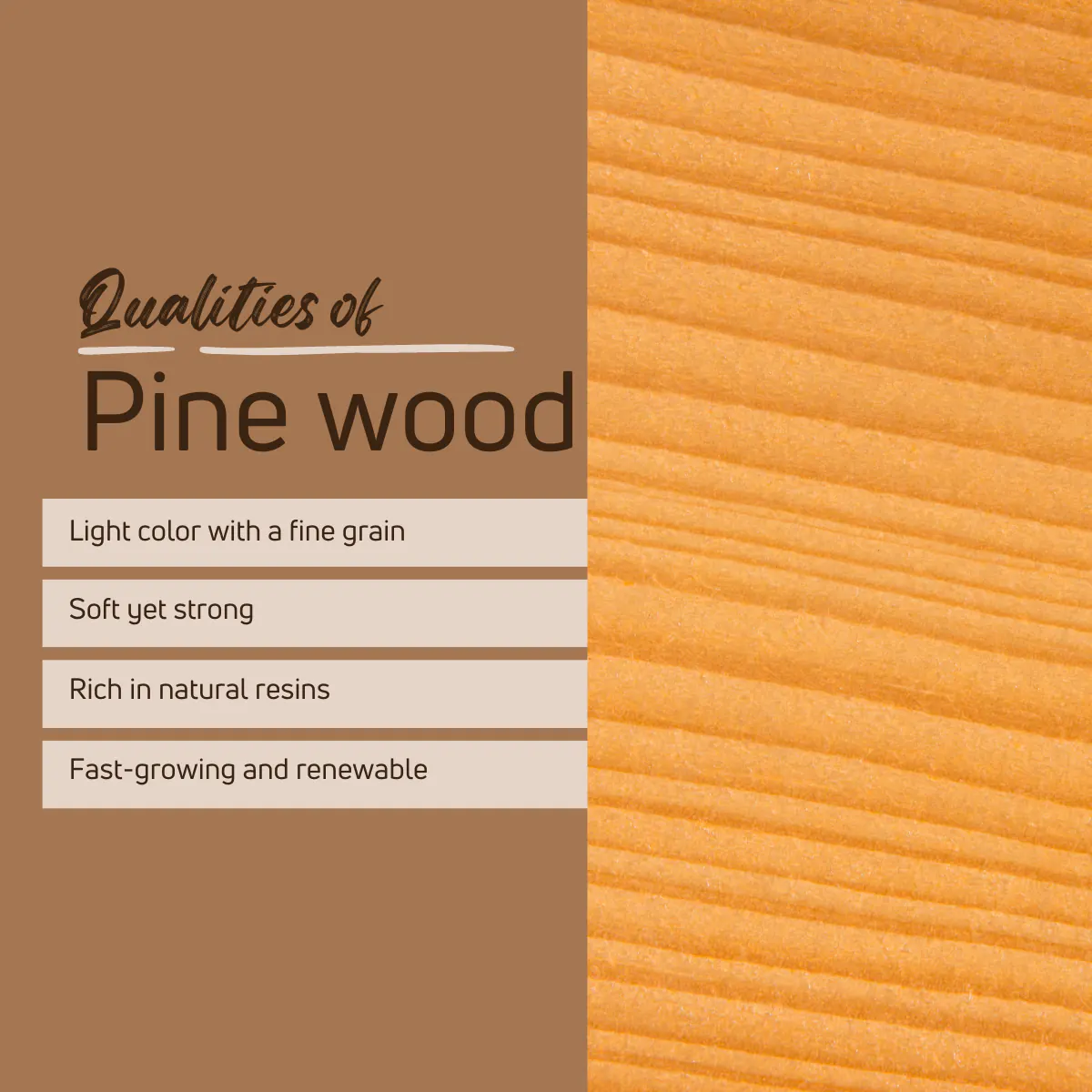
That’s it, folks! Now you have a deep knowledge of Pine wood disadvantages and how to fix them with simple tricks.
Is Pine a Toxic Wood?
Pine wood is non-toxic wood. You can use Pine wood for any woodworking project including kitchen bowls, cabinets, cutting boards, and children’s toys.
But make sure to use a non-toxic wood finish since some of them can be toxic to humans.
But you need to wear goggles, a mask, and gloves when working with Pine wood since sawdust can cause breathing issues and cause allergies to the skin and eyes.
Plus, use a proper dust collection Pipe system to remove sawdust quickly before they get into your lungs.
Is Pine Wood Water Resistant?
Pine wood has good moisture resistance compared to other wood types, but it doesn’t have excellent water resistance and proper finishing and sealing are needed to keep Pine wood protected from moisture and to prevent the wood from rotting.
Pine wood just has a slightly better resistance against moisture.
Therefore, you need to apply polyurethane, varnish, or lacquer finish or tung oil on Pine to make the wood more water resistant and to use for any indoor and outdoor woodworking application.
Is Pine Good for Outdoor?
Pine wood is great for outdoors only after applying a sealant or proper finisher.
You cannot place bare, untreated Pine wood furniture outside for so long since moisture will get inside of the wood and cause wood to rot.
In order to prevent the wood from rotting, you should apply a proper finisher and stop water from going inside.
Once the moisture went inside and started wood rotting, you should remove the rotted area and restore the wood with a quality product like Flex Seal.
Does Pine Wood Have Tannins?
Yes, Pinewood contains tannins. It is considered a low-tannin wood. you can remove tannins on Pine with an oxalic acid-based solution.
Rinse with water and allow the Pine wood surface to dry for about 48 hours to dry.
So, let’s answer some frequently asked questions.
FAQs
Is Pine Wood Less Suitable for Modern Furniture?
Pine wood is often associated with country or rustic styles and may not be as versatile in modern design. Its soft nature and traditional appearance might not align with contemporary aesthetics, limiting its use in some modern furniture pieces.
Do Pine Trees Cause a Mess in the Yard?
Pine trees, while beautiful and fragrant, do drop needles and cones that can be more difficult to remove than regular leaves. If planted near a lawn or walked upon with bare feet, these droppings can create inconvenience or discomfort.
Can Pine Trees Affect Soil pH?
Pine trees thrive in acidic soils with a pH below 7.0. If planted in alkaline soils, they might cause poor growth rates, stunted growth, or yellowing of the needles, requiring you to be mindful of the soil pH before planting.
Did I cover all you wanted to know about: Pine Wood Disadvantages?
In this article, I have deeply discussed the most common Pine wood disadvantages and how to fix those cons of Pine using simple methods in detail.
Disadvantages of Pinewood are denting and scratching easily, being knotty, needing regular maintenance, poor weather resistance, difficult to stain, darkening with age, and having too many wood movements.
Most of the disadvantages of Pine can be with a quality sealant like polyurethane, varnish, lacquer, or oil-based finishes.
Furthermore, I’ve answered some frequently asked questions as well.
Hope you have gained good knowledge about Pine wood disadvantages with the best solutions.
Try Pine on your next woodworking project and try to minimize its disadvantages by applying proper solutions as learned. Happy woodworking with Pine!